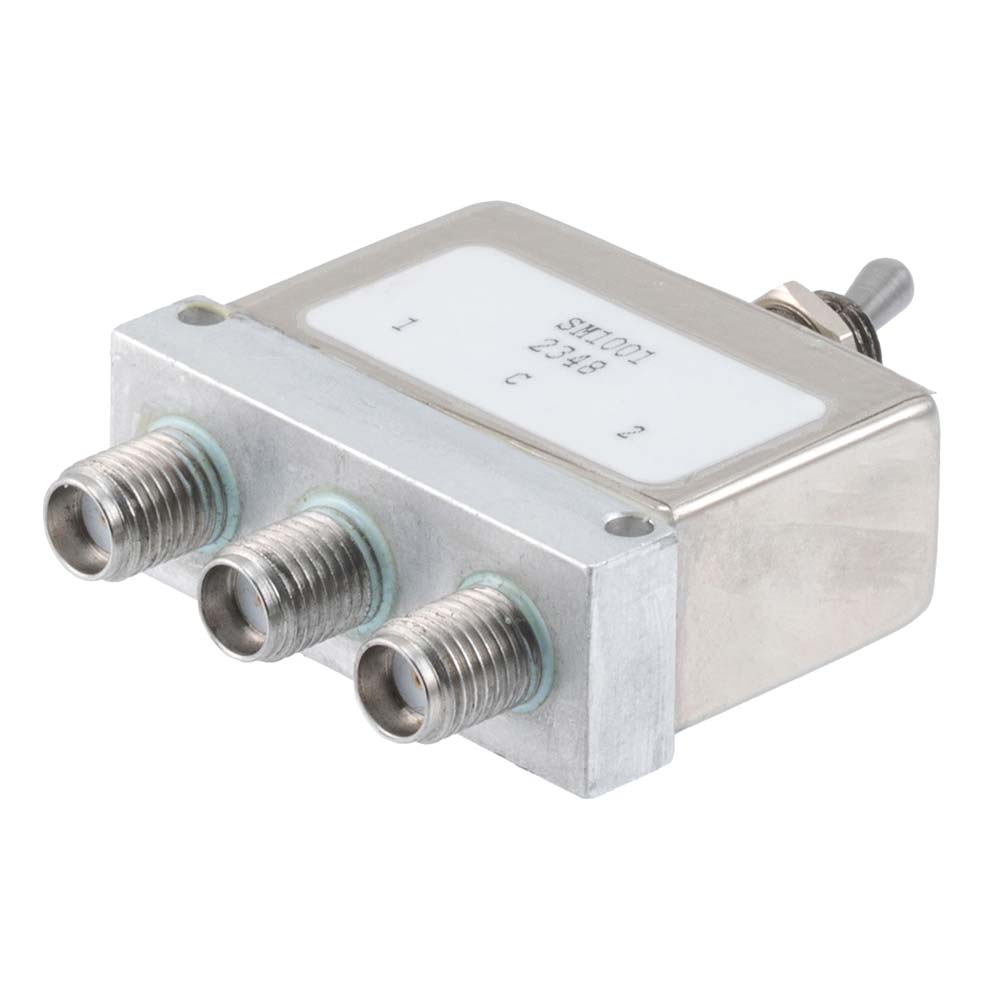RF Switches are integral to many RF systems with different signal paths and functions, as well as RF test & measurement. RF Manual Switches differ from automated switches and switches with electrical actuation in that they require manual switch adjustment. In the modern times of artificial intelligence/machine learning (AI/ML) and extensive multiport RF systems with Advanced/Active Antenna Arrays (AAS), you may ask, is there still a place for manual RF switches? The answer is that regardless of how complex modern RF systems are there is still often a need during prototyping and testing for a human operator to switch between different channels. It is also possible that a production system will have different modes that require a human operator to set up and including a manual switch is a cost savings with potential performance and footprint benefits that even electromagnetic switches don’t offer.

Manual RF switches only require an operator to have access to a relatively small and low-profile switch actuator. Electromagnetic switches and solid-state switches require some type of power input line and a signal line in addition to the RF ports. This means that there is an additional level of complication with electromagnetic switches and solid-state switches that must be accounted for in a control scheme than manual switches. This isn’t always necessary, even in highly complex automated test systems. In many of these systems there may be functions that are not used often or are highly manual and already require operator intervention. In these cases, it may be a more cost efficient and space efficient approach to use manual RF switches than switches with electronic actuation.
In terms of performance, manual RF switches are essentially the same as Electromagnetic switches, except that the switch actuation mechanics are different. For manual actuation applications, a manual RF switch can be extremely reliable, handle relatively high power, and may be considerably compact. Hence, manual RF switches may offer the performance benefits of electromagnetic switches with a more compact package. This means that in terms of raw switch performance, manual RF switches tend to exceed solid-state switches. However, given the manual operation, clearly manual RF switches are not meant for applications that require many switch operations in a short period of time or for precision timing.
These switches can be used to prevent the need to cycle coaxial connectors between two or more setups by using the switch action. This is useful at the ports of test equipment and other expensive RF equipment, as this can reduce the wear and tear on the ports of the equipment while offering faster manual setup times compared to cycling interconnect.


